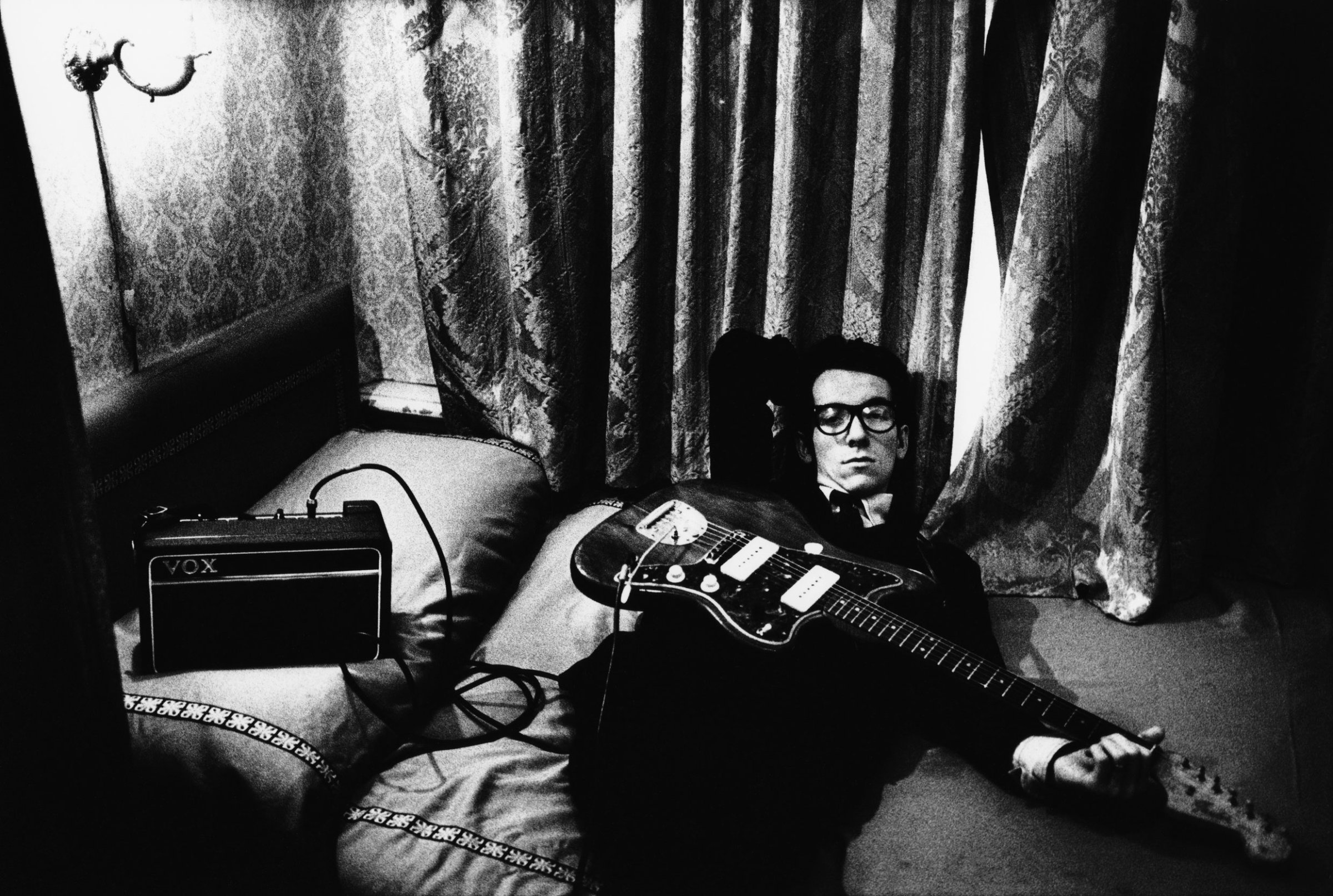
“I feel the imperfection is much closer to how life is than perfection,” Dutch photographer and filmmaker Anton Corbijn tells TIME in recent interview as a massive retrospective went on show in Berlin.
At 60, Corbijn still feels slightly shy and modest when talking about himself even though his success centers around his ability, he says, to focus on having intimacy with his subjects, which has become his unmistakable signature style and the secret behind defining image of music icons like Miles Davis and Bono. “I sometimes take pictures of celebrities,” he says, “but generally I take pictures of artists that I’m interested in. Some of them are celebrities, but celebrity is not my focus.”
Born in the Netherlands in 1955, Corbijn first started shooting music bands on his father’s camera at age 17. “For me the moment that somebody actually published these pictures was huge,” he says. “I had no idea what I wanted to do with my life. I just wanted to somehow have a connection to music. And this seemed to me the best recipe for a great life, to be close to music as a photographer. So although I couldn’t really take a picture at all, I just put everything into it. That moment was significant for me in the sense that I found my Eureka moment.”
In the 1980s Corbijn forged his signature portrait style marked by high contrast black-and-white images stippled with grain. “Because I like black-and-white,” he says “I already pass the threshold of realism in that sense. The blurriness and the grain that I use, for me, is close to life. I find things that are very static and very sharp and very well-lit and all that is not how I experience life.”
His photographs almost seem to extract an alternate reality but the goal for him remains capturing intimacy, imperfection and humanity. “I feel that what I photograph is that part of the real person should be in the picture,” he says. “So it can’t be just composition. I set something up but I let people free within the setup. There’s always a naturalism somewhere but within my boundaries. I photograph usually at a 60th of a second or a 30th of a second, so there is already a natural movement in the frame without people really being able to put a finger on it. And I shoot by hand so I’m open to all kinds of little human failure elements because I don’t like the total perfection.”
His alchemy of imperfection and closeness is what runs through all 600 of the photographs in his Retrospective at C/O Berlin. The show is comprised of two bodies of work from his latest books Hollands Deep (Schirmer/Mosel) and his music work in 1-2-3-4 (Prestel). The exhibition offers a look at the most legendary artists of our time from the Rolling Stones to Arcade Fire but it also documents an attitude and freedom that seems to be missing from much of the photoshopped perfection in celebrity portraiture today. “It’s amazing how time passes and then these pictures create a life of their own,” says Corbijn.
Anton Corbijn is a photographer and director living in Holland. He has published 18 books, directed 80 music videos and made four feature films including LIFE due out in December in the U.S. His latest exhibition Retrospective is at C/O Berlin until January 31, 2016.
Paul Moakley is the Deputy Director of Photography at TIME and you can follow him on Twitter here.
Myles Little, who co-edited this photo essay, is a Senior Photo Editor at TIME.
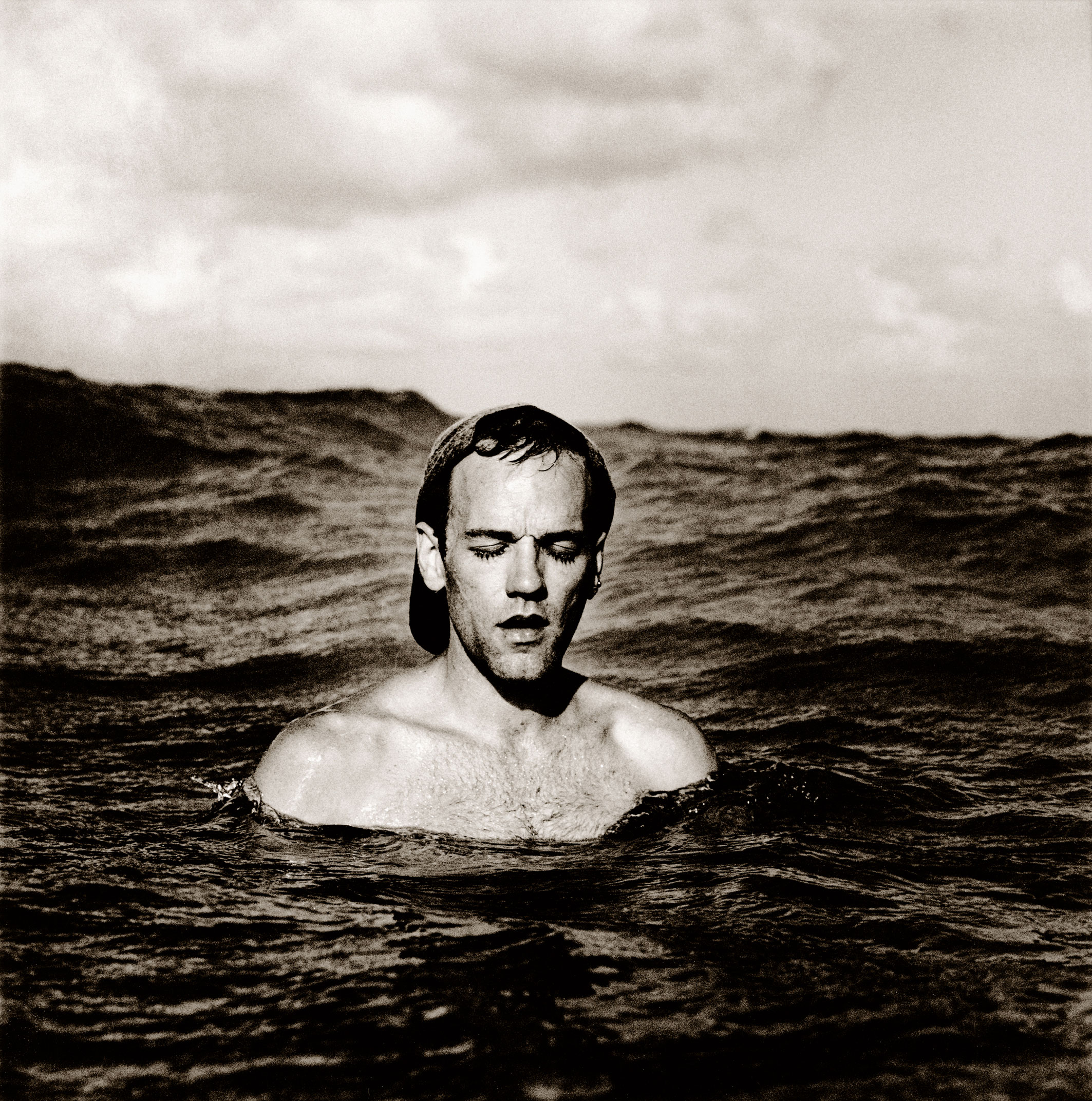

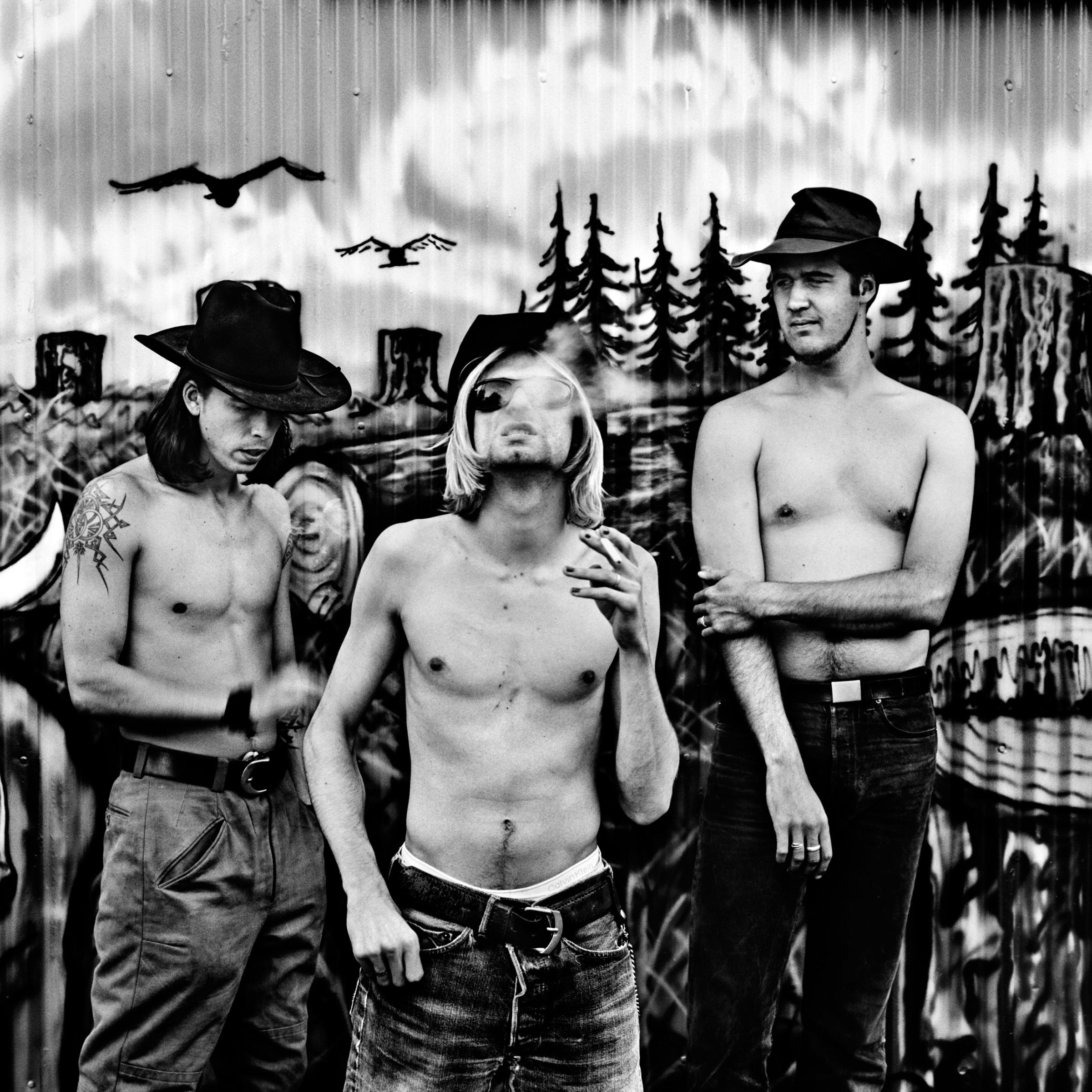
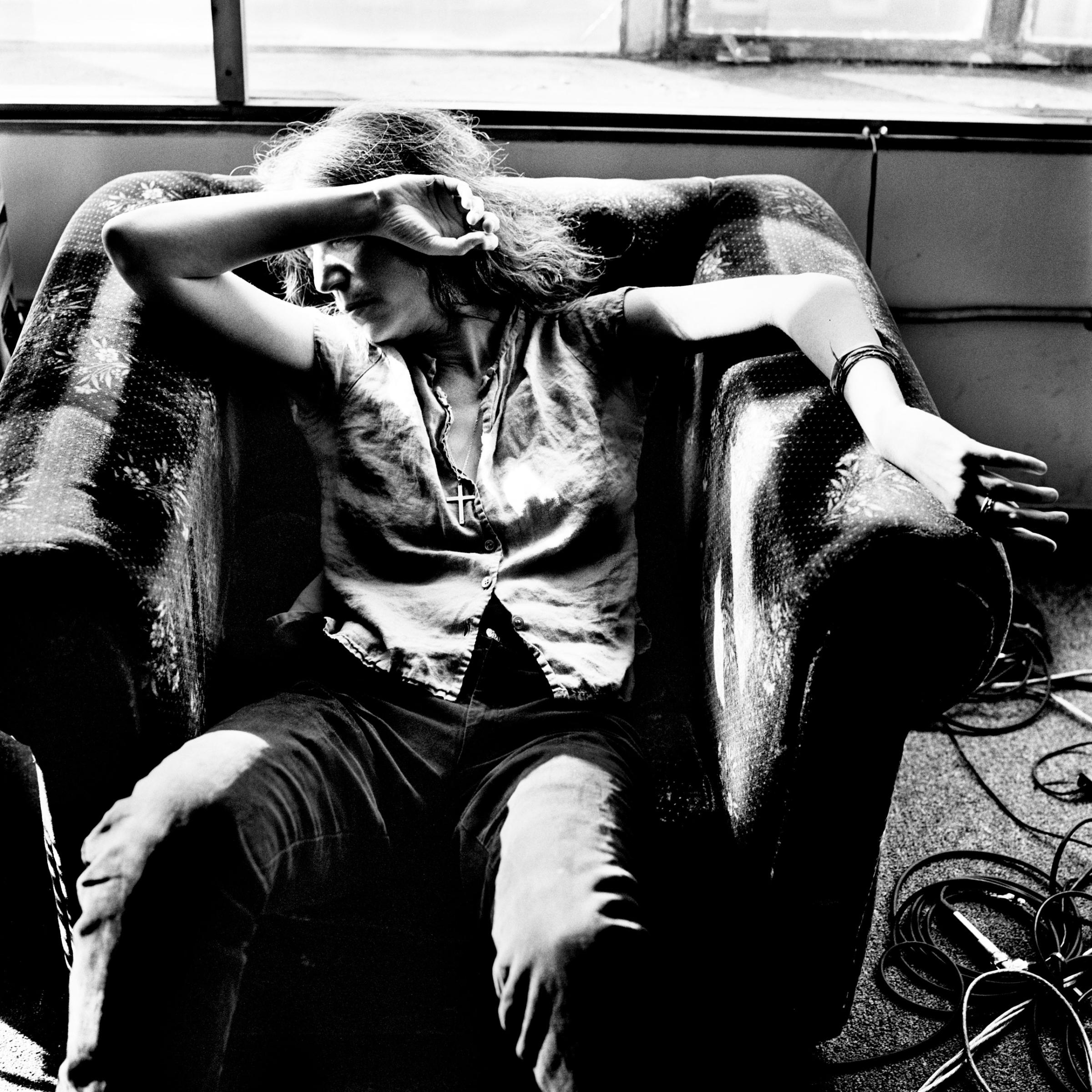
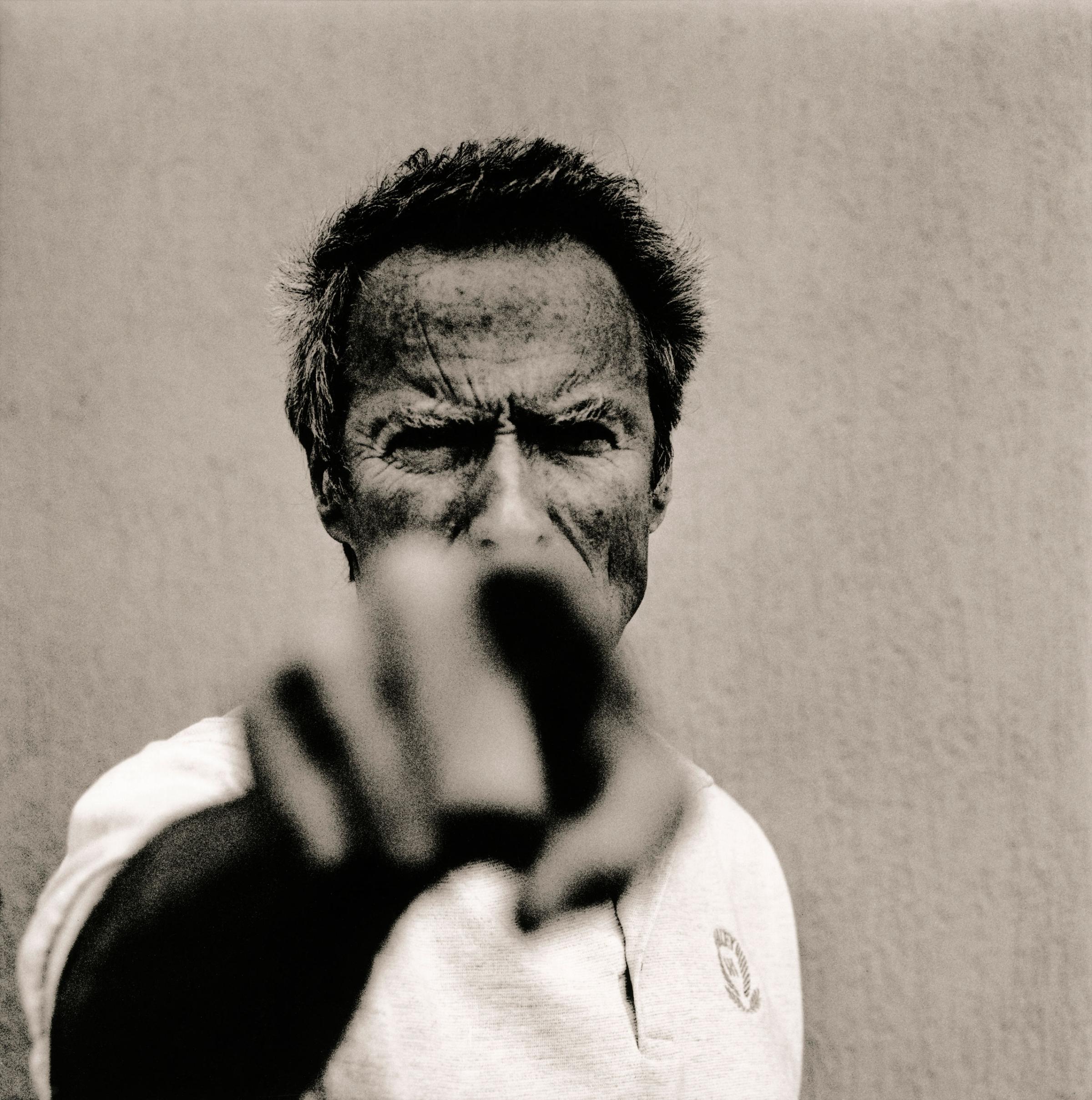






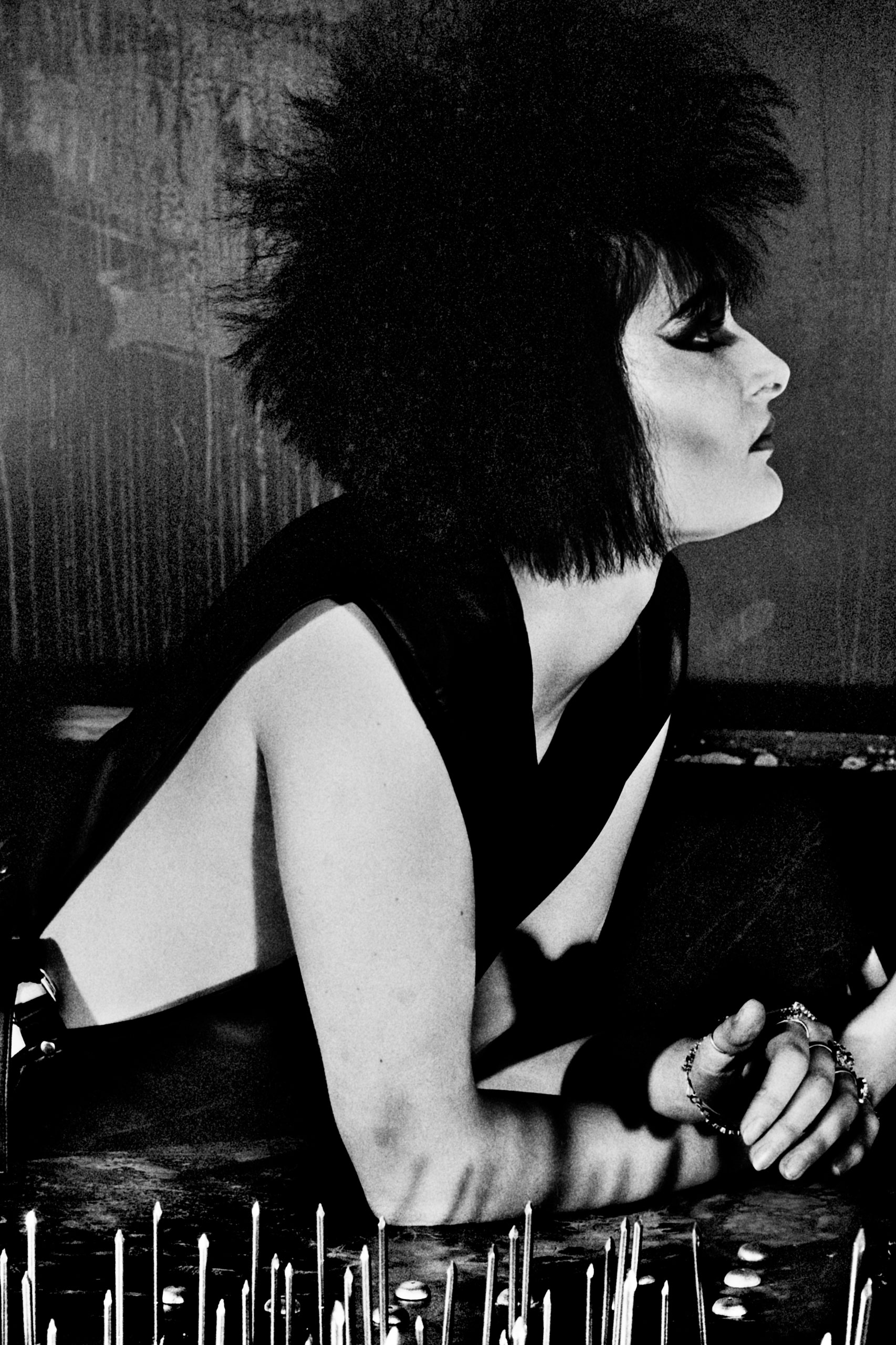

More Must-Reads From TIME
- The 100 Most Influential People of 2024
- Coco Gauff Is Playing for Herself Now
- Scenes From Pro-Palestinian Encampments Across U.S. Universities
- 6 Compliments That Land Every Time
- If You're Dating Right Now , You're Brave: Column
- The AI That Could Heal a Divided Internet
- Fallout Is a Brilliant Model for the Future of Video Game Adaptations
- Want Weekly Recs on What to Watch, Read, and More? Sign Up for Worth Your Time
Contact us at letters@time.com